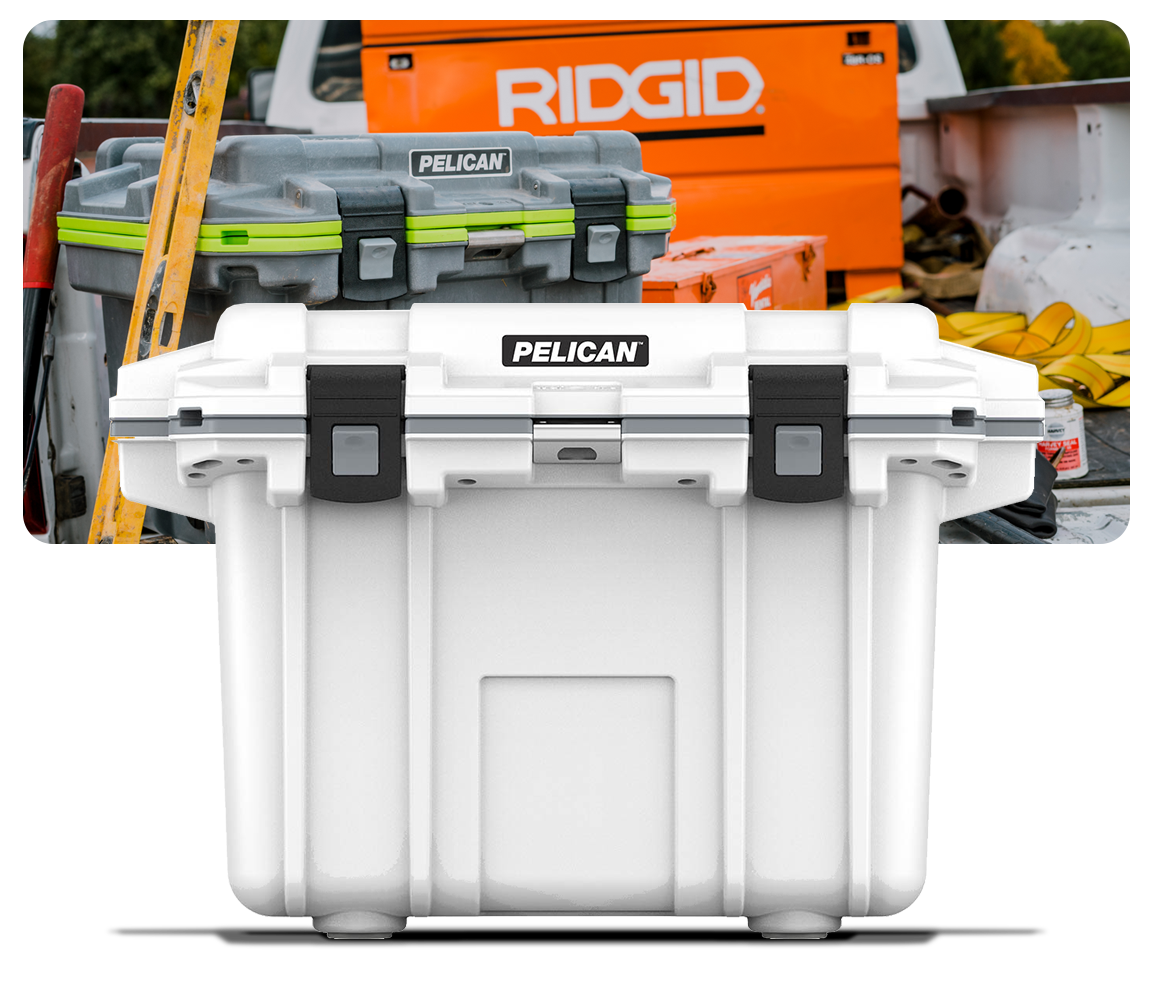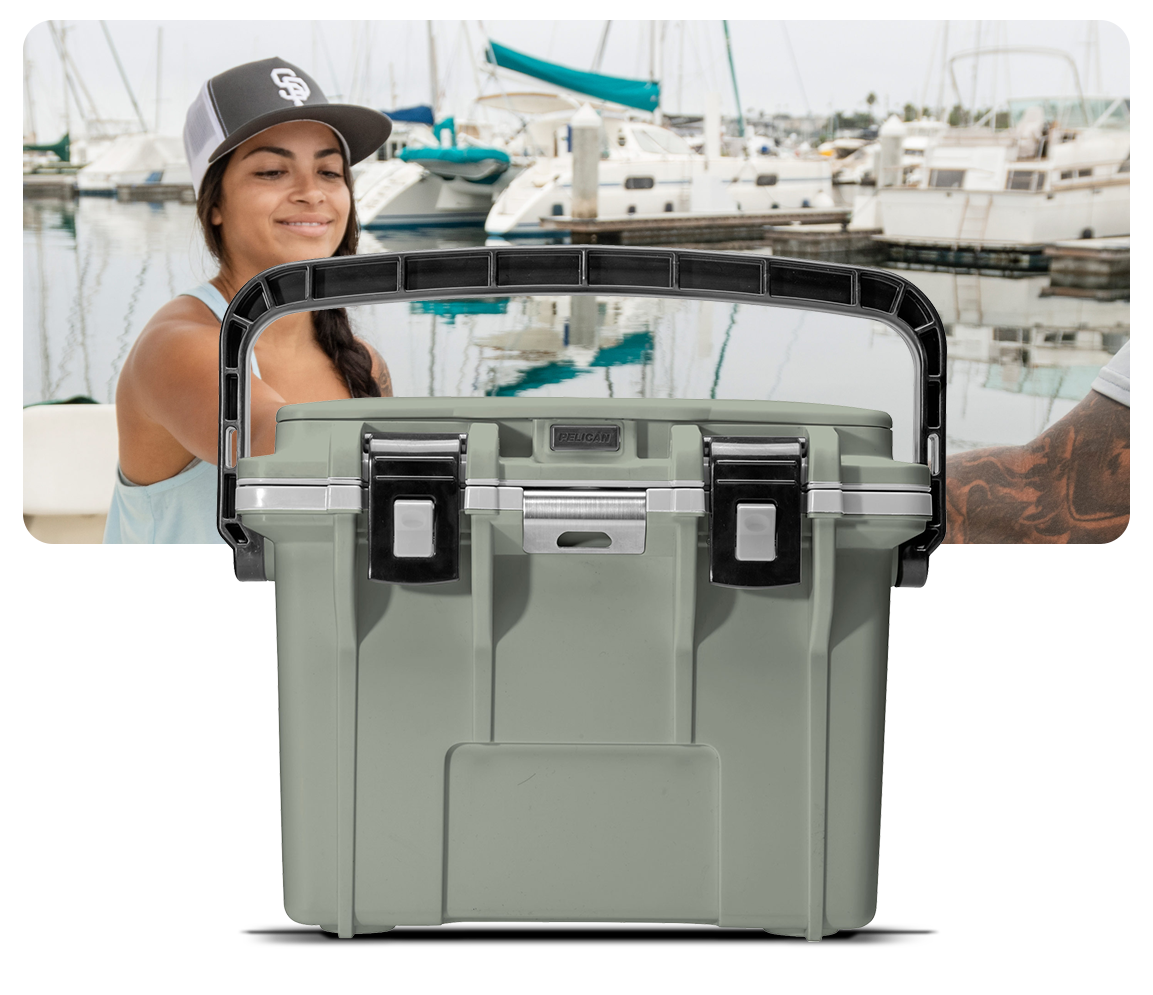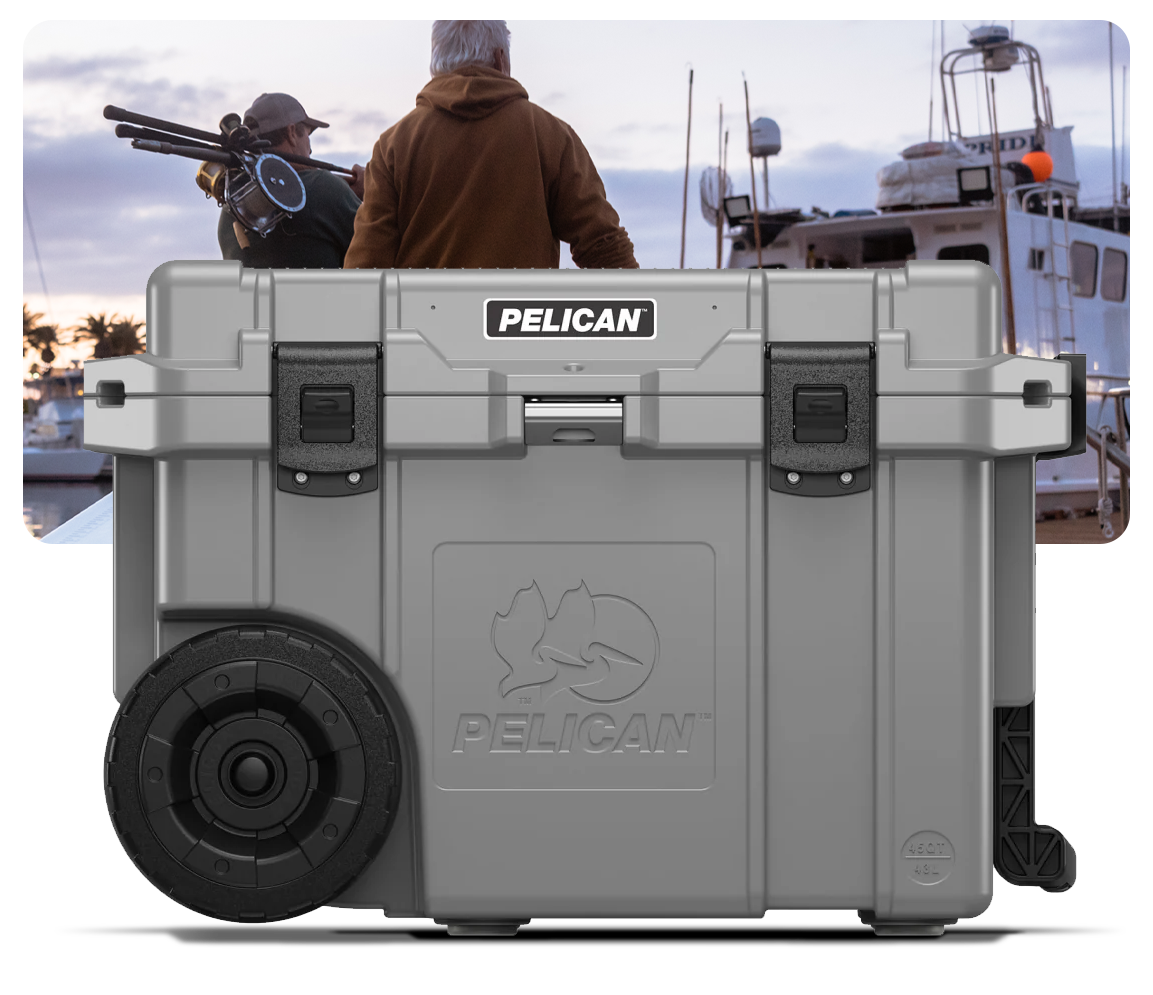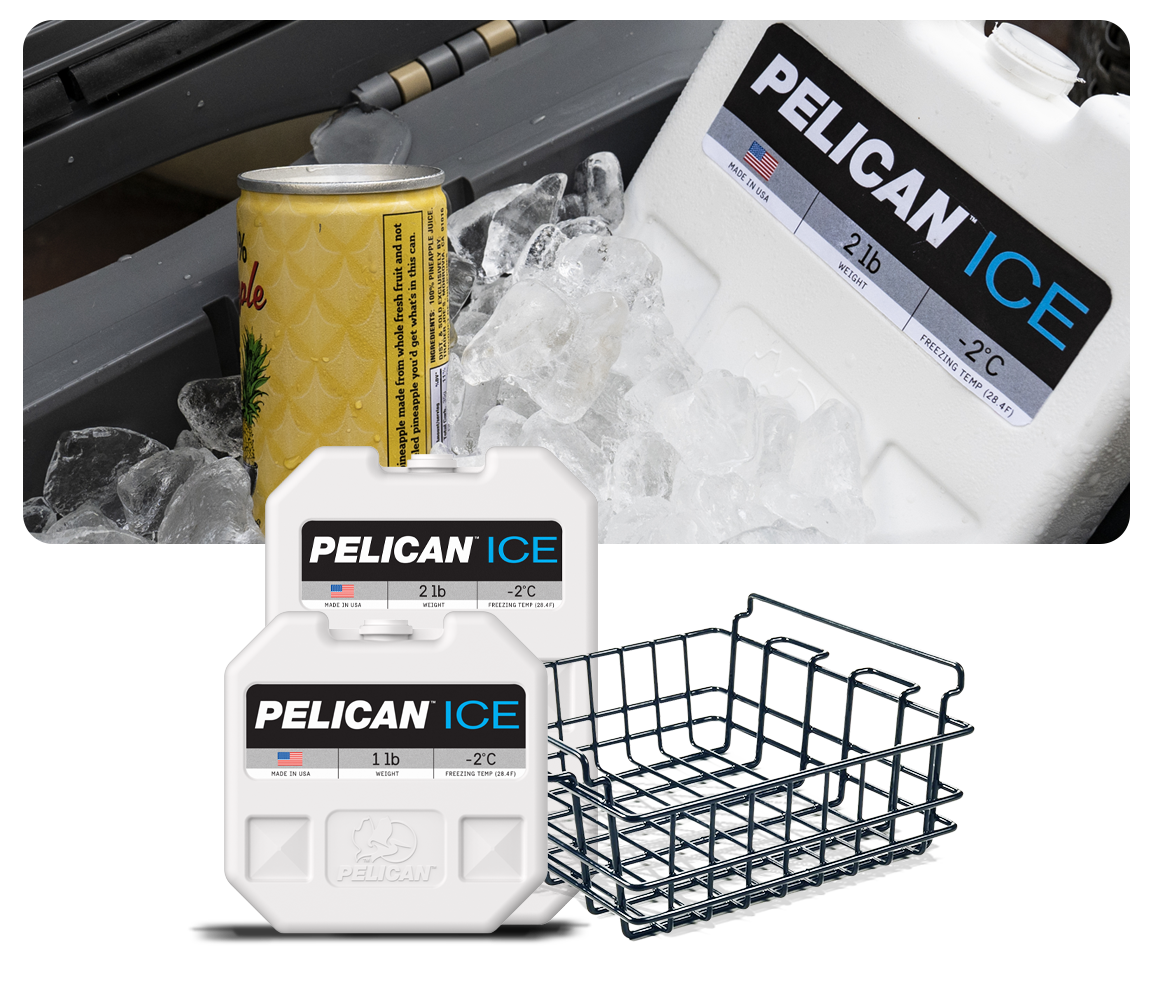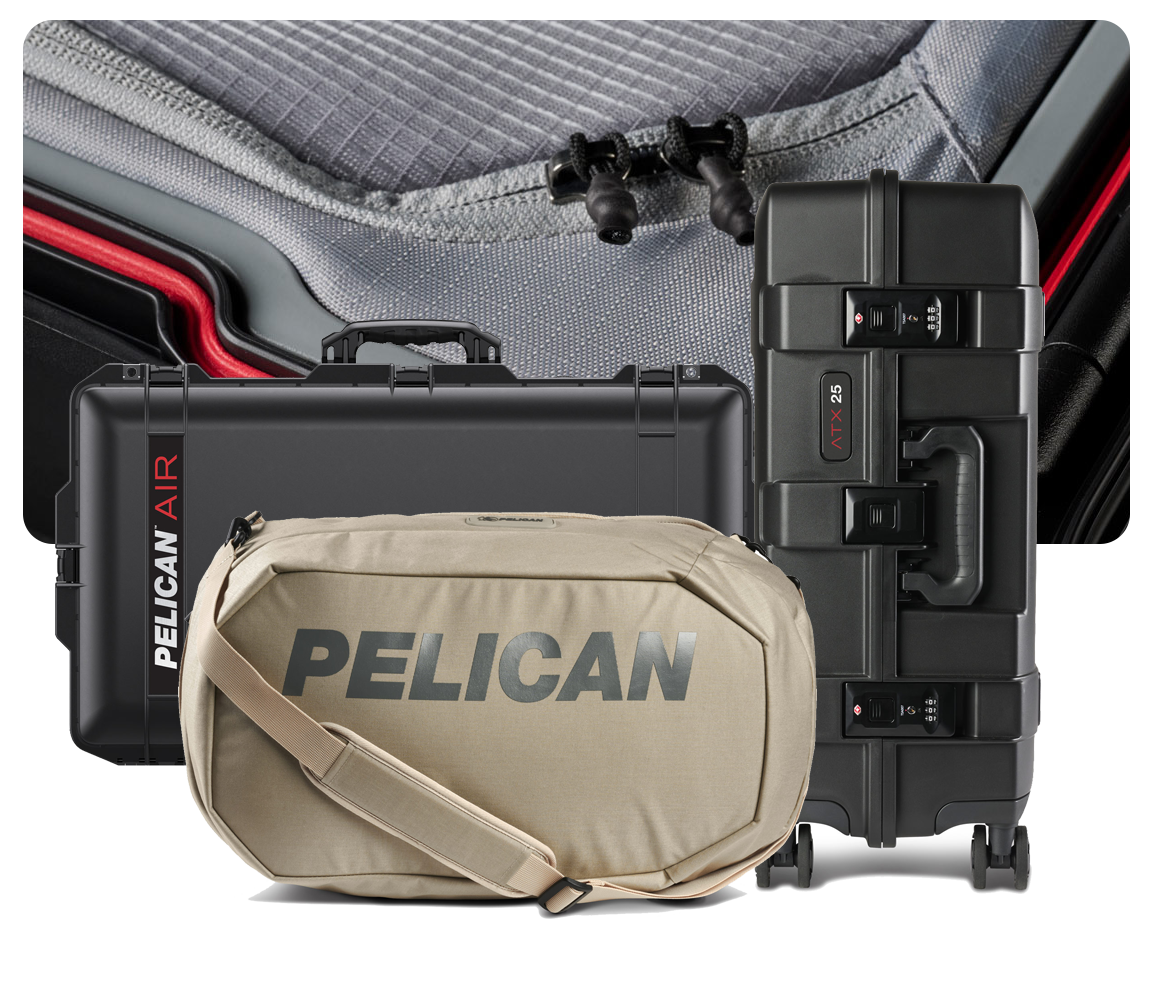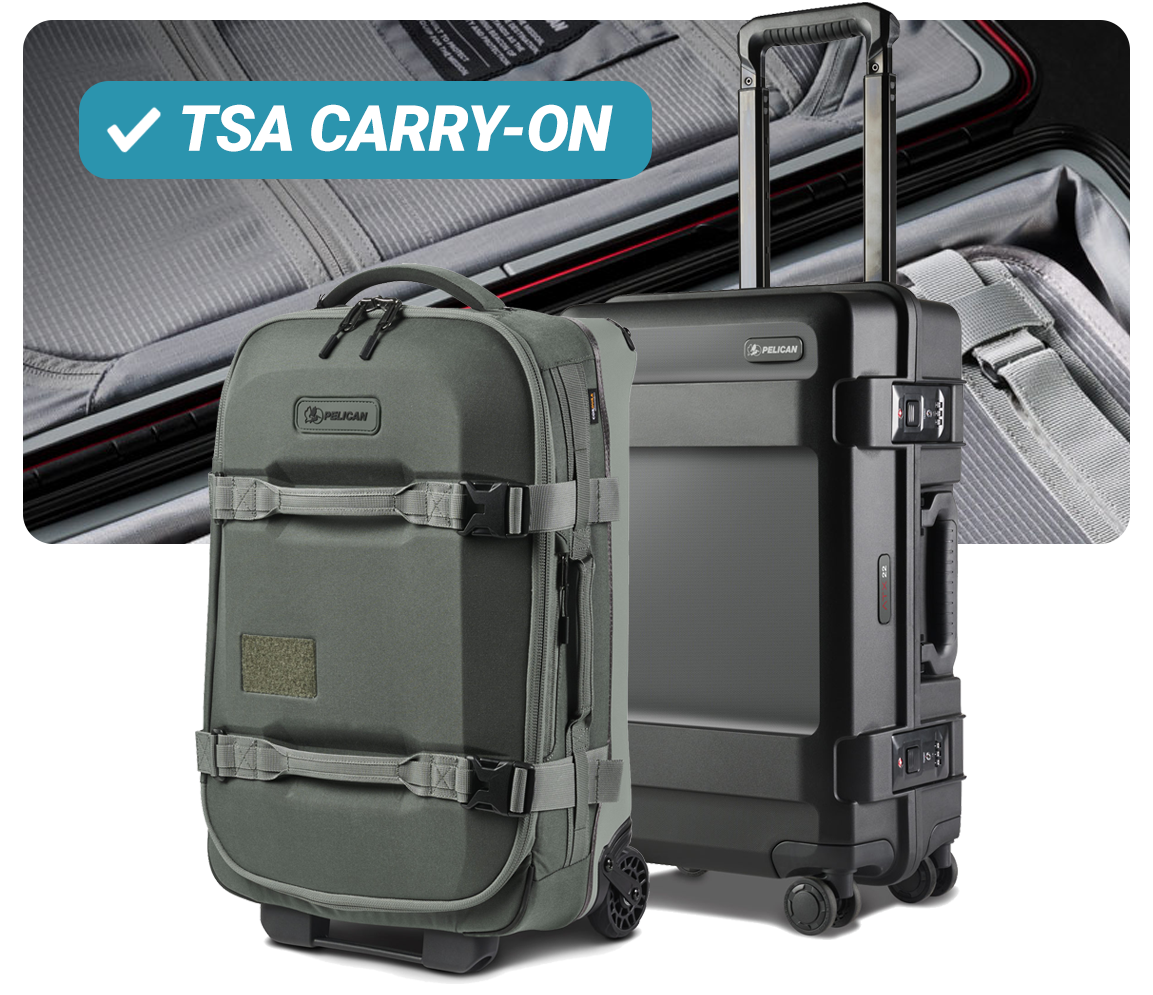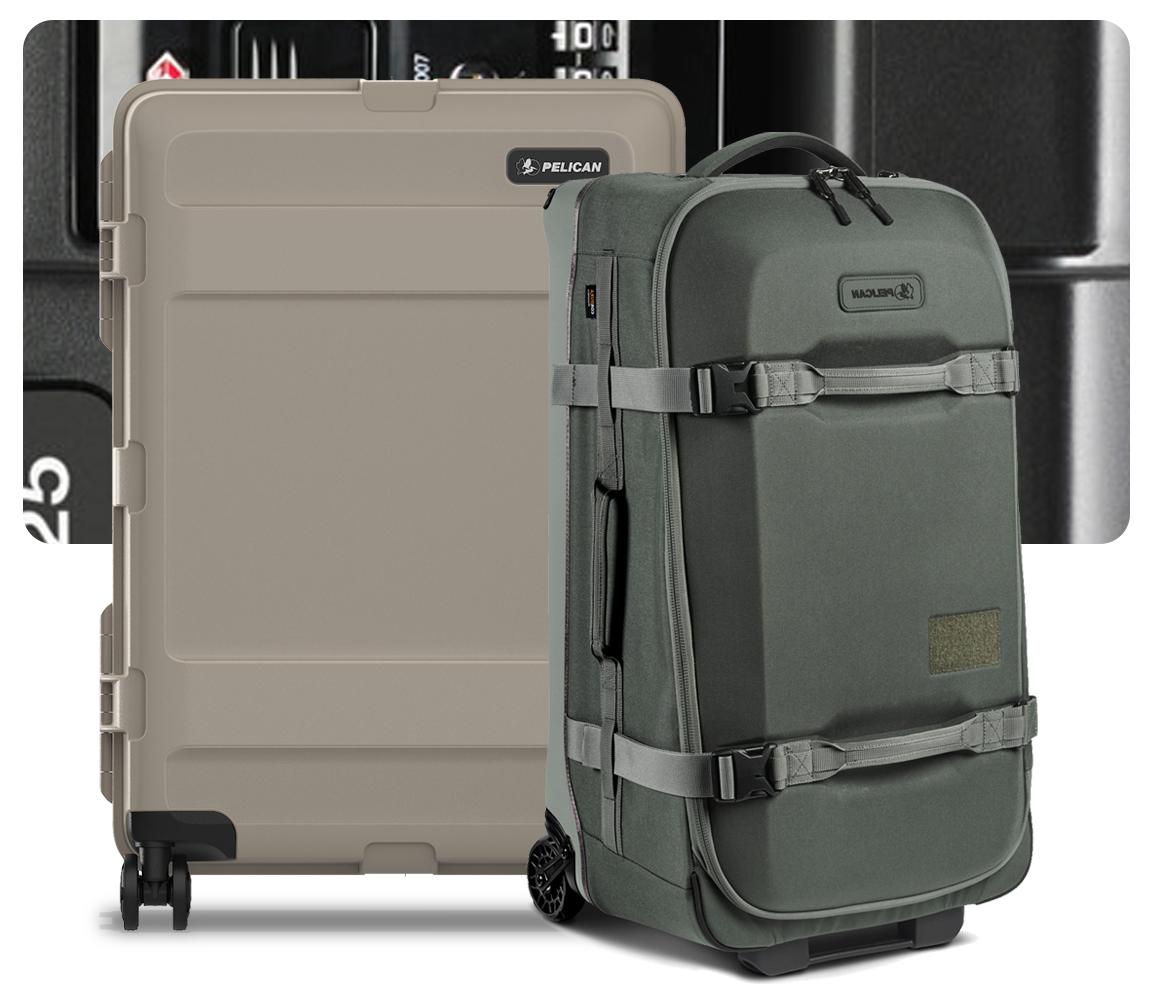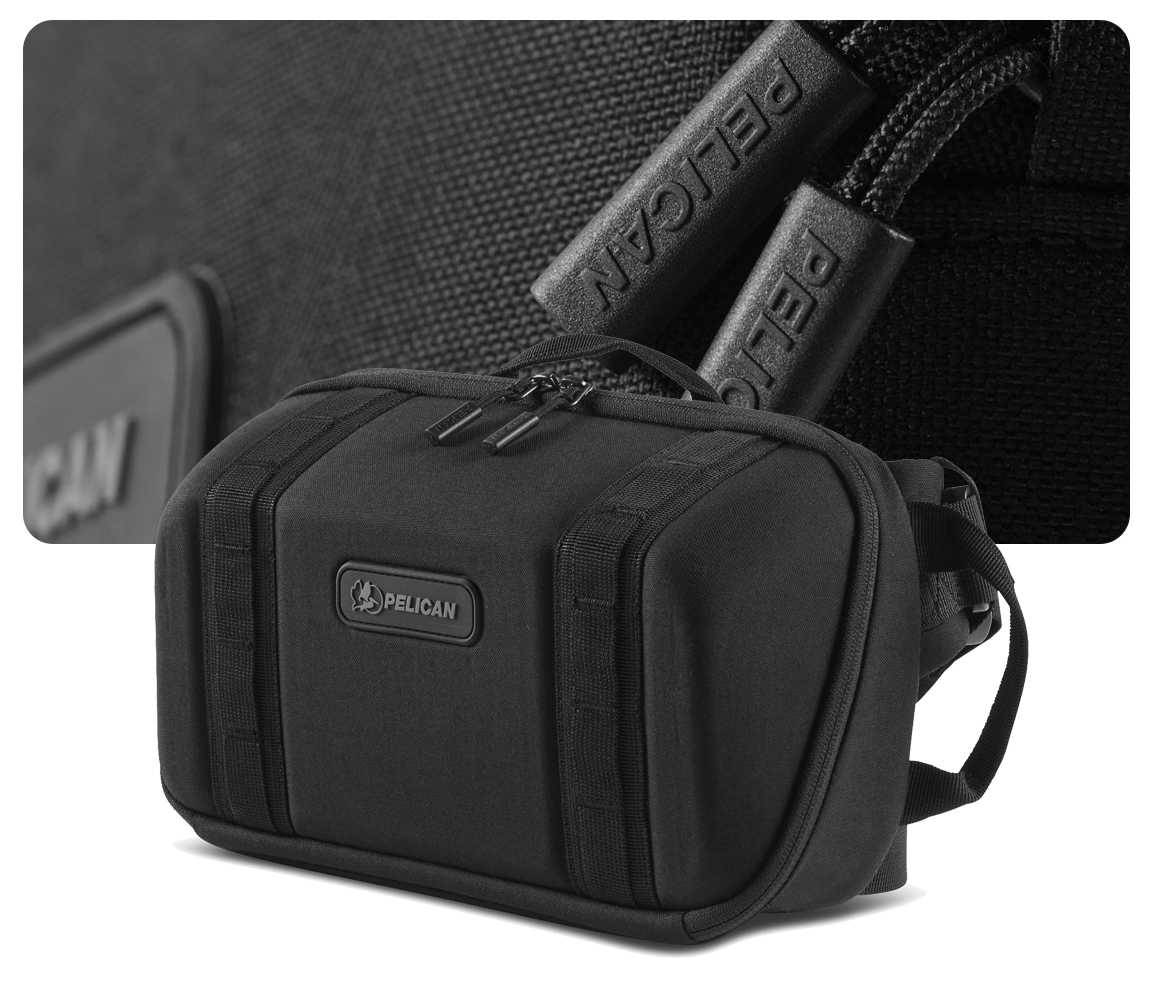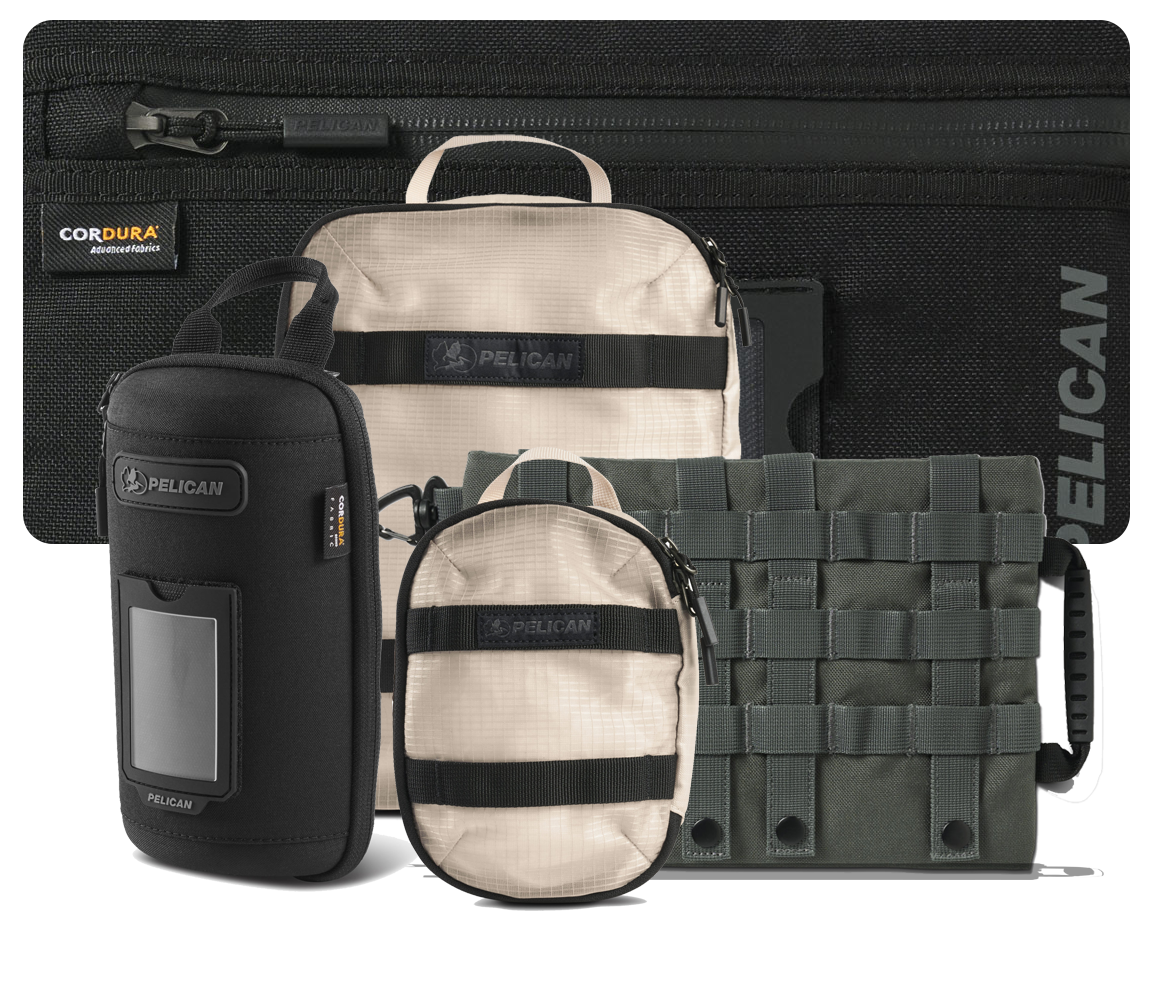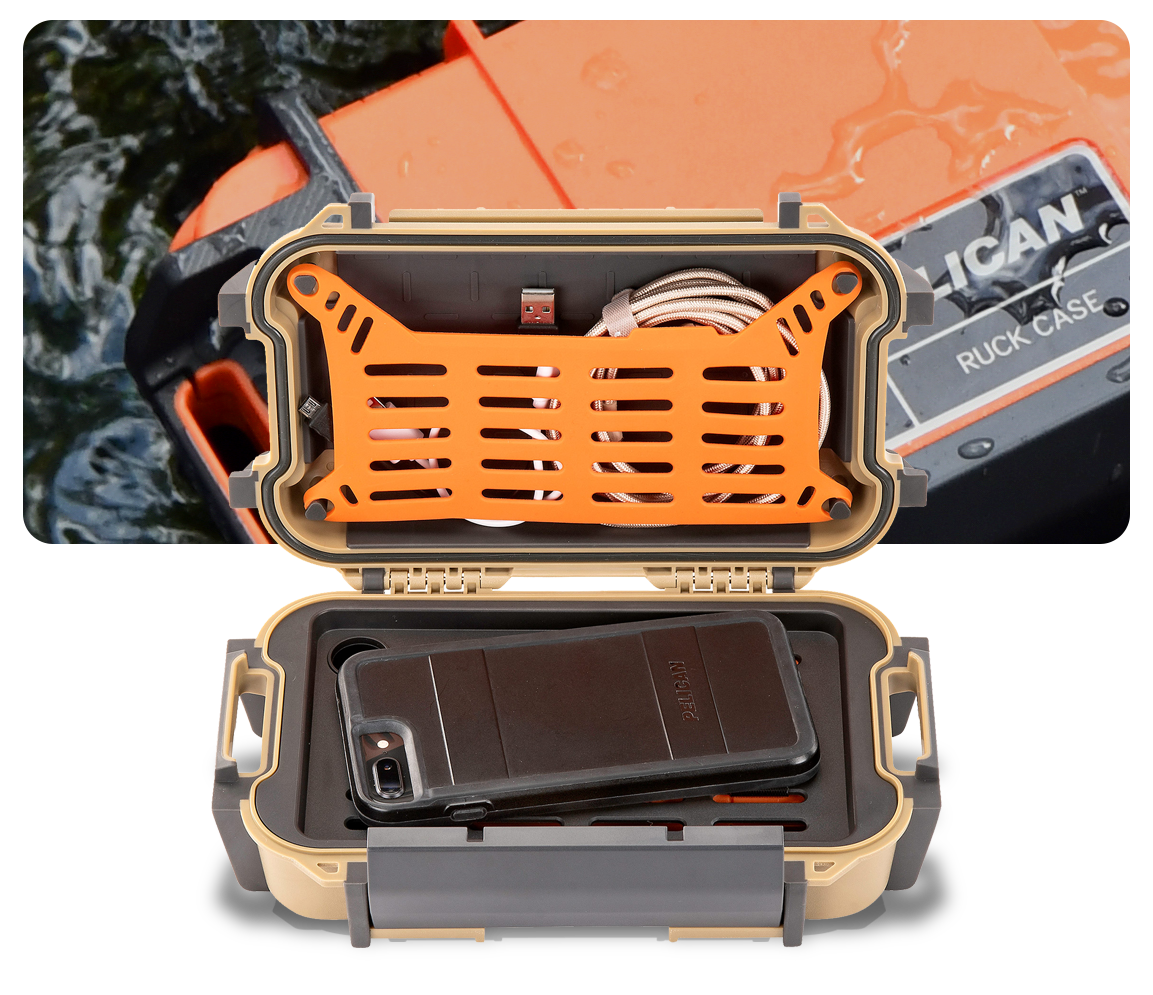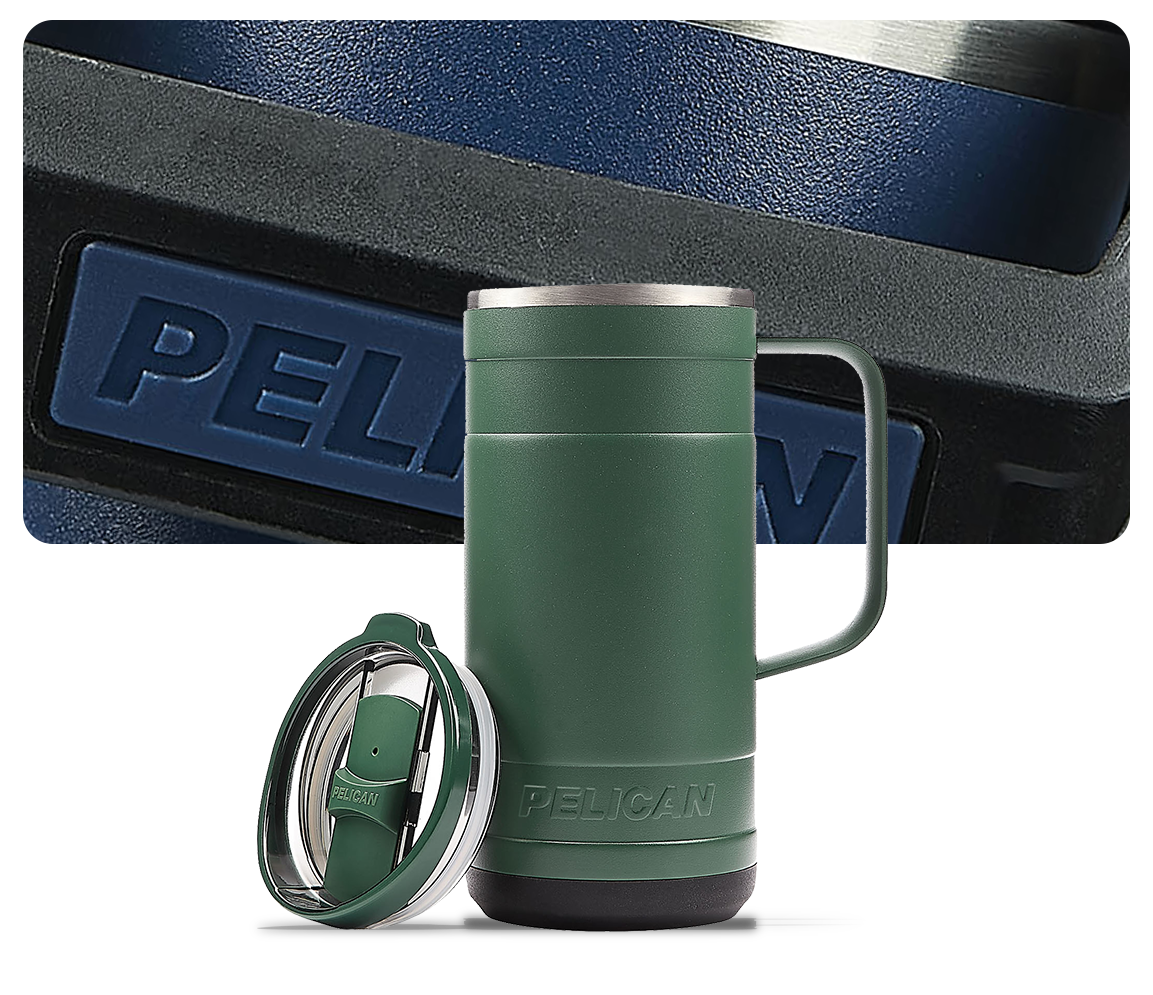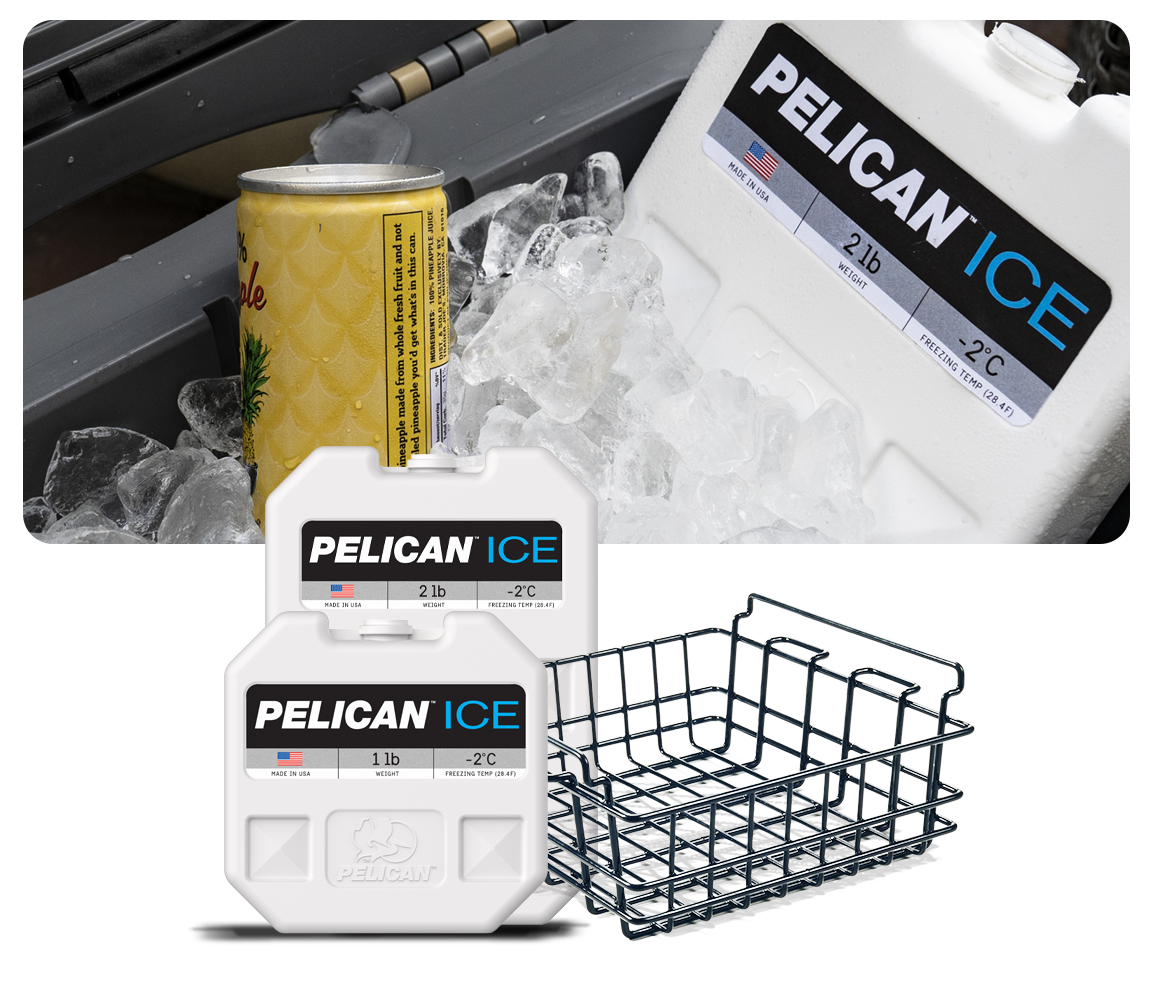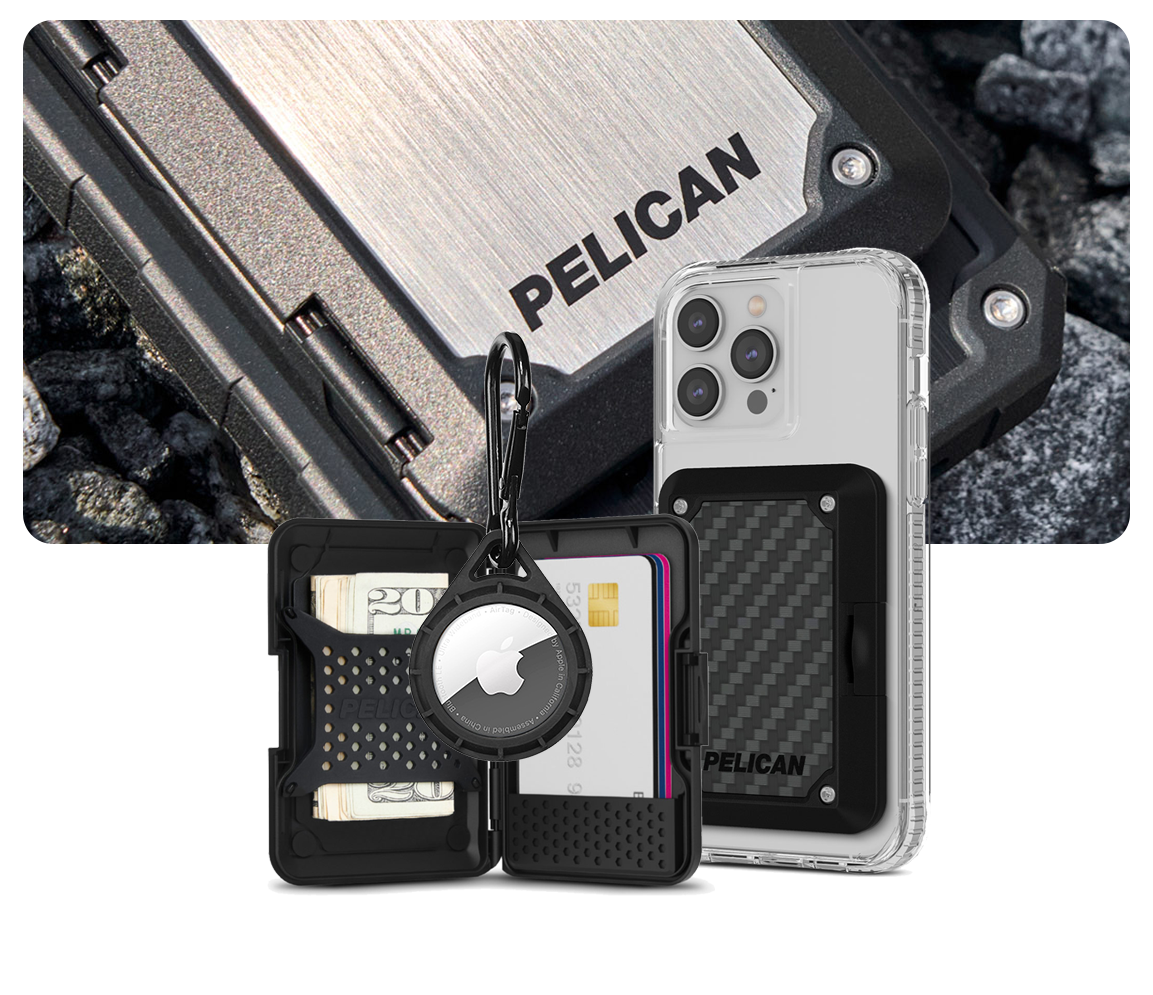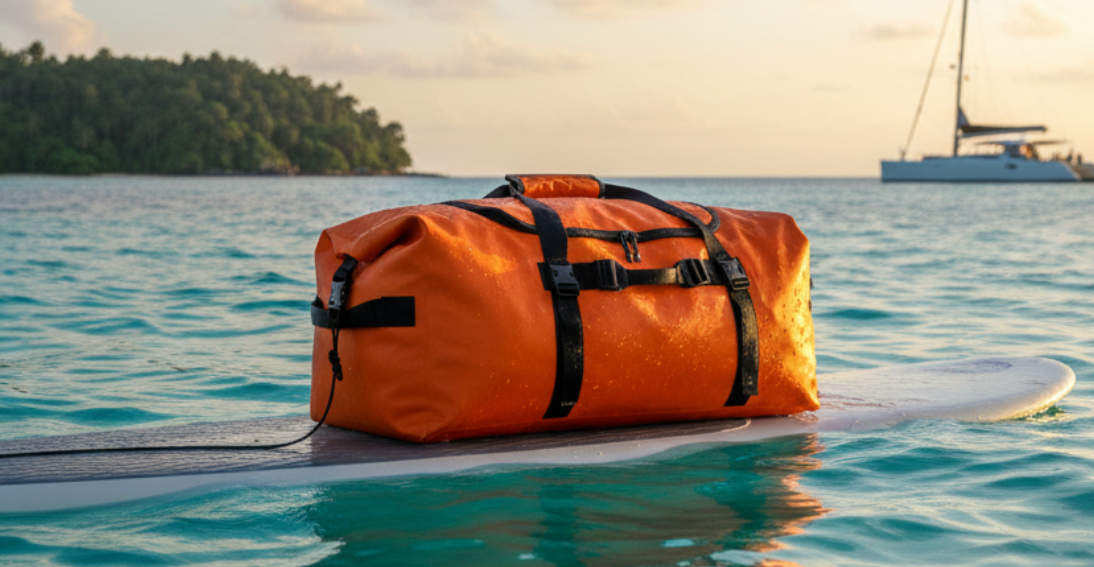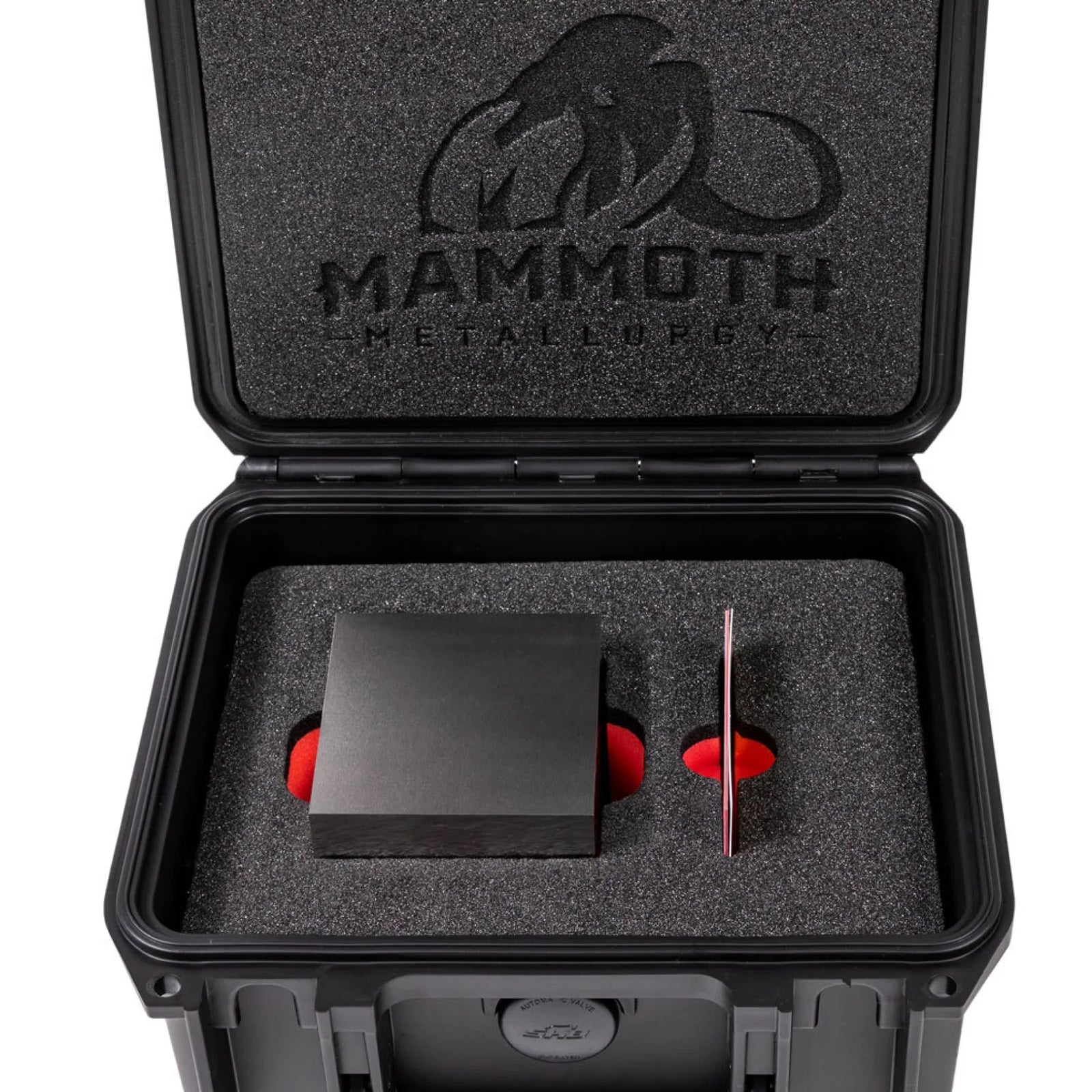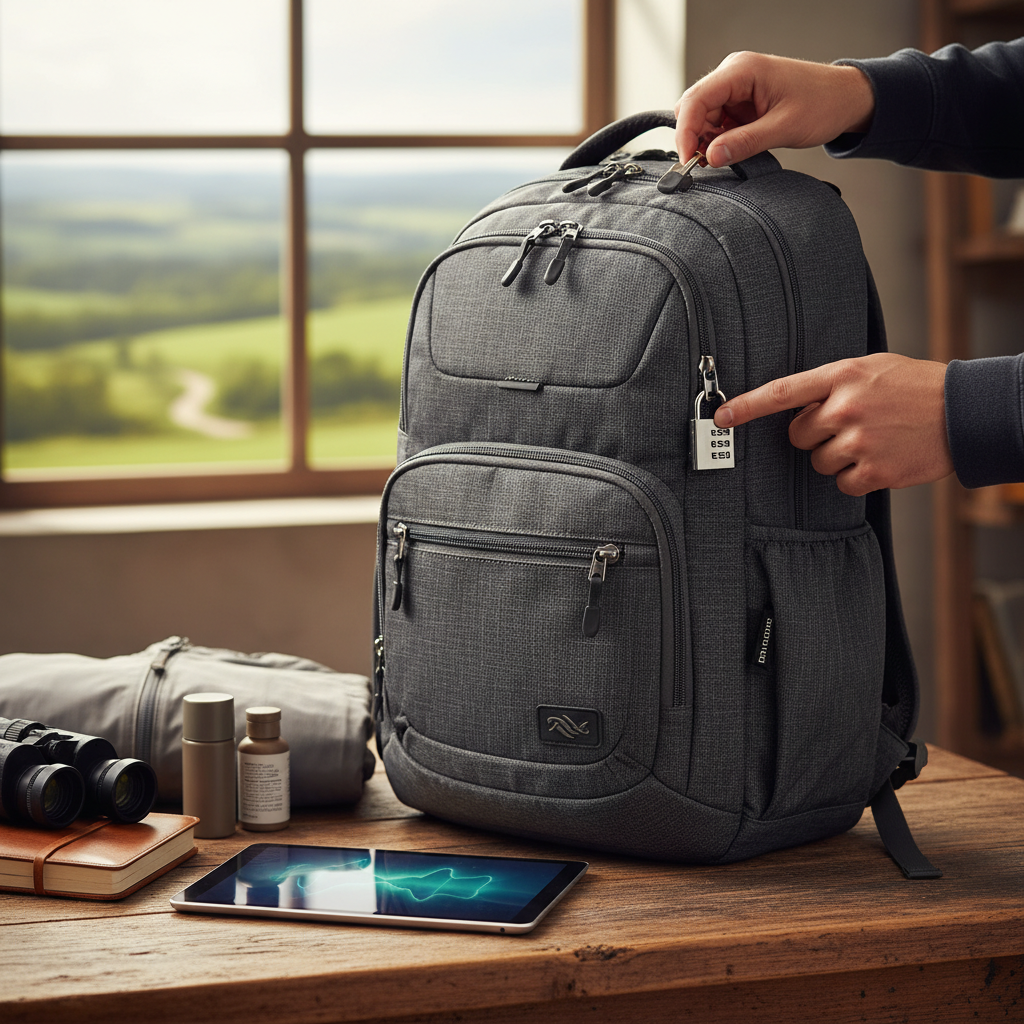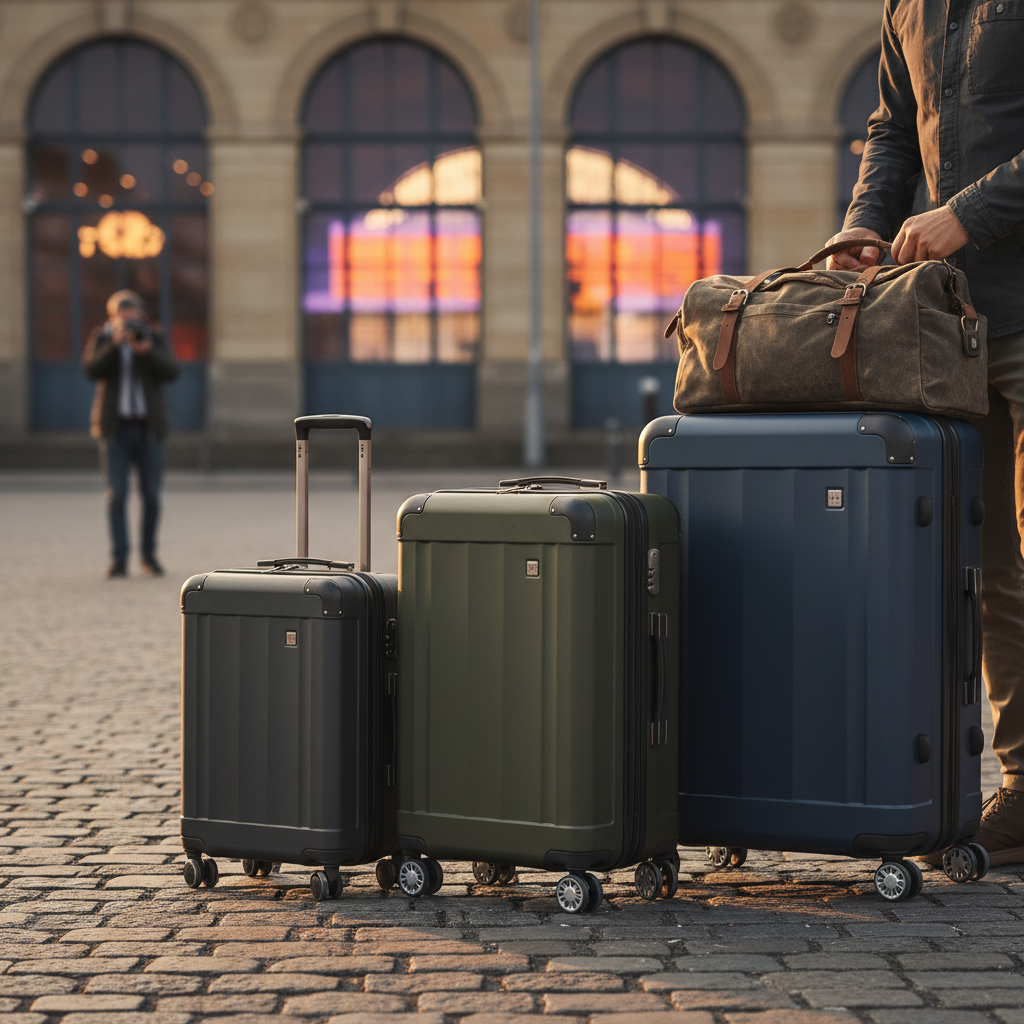Quick Summary / Key Takeaways
- True waterproof protection goes beyond water resistance. It offers peace of mind for electronics and valuables in extreme conditions.
- Material choices matter. Welded PVC or TPU-coated fabrics are key for waterproofing. Closure systems, like roll tops and T-zip zippers, also play a big role.
-
Think about your adventure—kayaking, rainforest trekking, or city travel in the rain. Match the luggage’s IP rating to your water exposure needs.
- Modern waterproof luggage is often strong but still stylish. It offers smart compartments and ergonomic designs for all types of travelers.
- Investing in quality waterproof luggage protects your gear. It turns travel worries into confidence, so you can enjoy your trip fully.

Introduction
Have you ever looked at a dark cloud on your travel day and felt a knot in your stomach? You might picture your laptop, passport, or favorite book getting soaked. Or maybe you planned an epic kayaking trip, only to find your old suitcase can’t handle splashes or capsizes. This isn’t just about avoiding a soggy sandwich. It’s about protecting your gear, preserving memories, and keeping calm, no matter what Mother Nature brings.
I once lost priceless travel photos to a leaky backpack during a Southeast Asian monsoon. That was a tough lesson. I learned the hard way how valuable reliable protection is. Waterproof luggage isn’t just for extreme adventurers. It’s for anyone who commutes in the rain, travels to humid places, or wants to be ready for travel surprises.
This guide cuts through the marketing hype to show what really makes luggage waterproof. We’ll look at materials, designs, and features that provide true protection. You’ll gain the knowledge to make smart choices. From city downpours to river crossings, let’s keep your belongings as dry as your sense of humor.
Waterproofing Technologies Compared
| Feature | Roll-Top Closure | T-Zip Zipper | Heat-Welded Seams |
|---|---|---|---|
| Protection Level | IPX6 (submersible) | IPX7 (brief submersion) | IPX8 (continuous submersion) |
| Typical Use | Duffels, Dry Bags | High-end Backpacks, Cases | Soft-sided Gear, Bags |
| Pros | Simple, robust, cost-effective | Airtight, secure, easy access | Ultimate seal, no stitching |
| Cons | Less formal, limited access | Can be stiff, expensive | Can add bulk, less flexible |
Common Waterproof Luggage Materials
| Material Type | Durability | Water Resistance | Weight/Flexibility |
|---|---|---|---|
| TPU-Coated Nylon | High (abrasion) | Excellent (hydrophobic) | Moderate/Flexible |
| Heavy-Duty PVC | Very High (puncture) | Superior (impermeable) | Heavy/Stiff |
| Hypalon Fabric | Extreme (tear) | Excellent (weatherproof) | Light/Moderate |
| Tarpaulin | Good (tear) | Very Good (water repellent) | Moderate/Stiff |
Application Preparation Checklist
- Test seals and zippers with a light spray before packing valuables.
- Familiarize yourself with the closure system for quick, secure sealing.
- Confirm all straps and handles are securely attached and adjusted for comfort.
- Pack electronics in dry bags within the main waterproof compartment.
Post-Arrival Checklist
- Rinse off saltwater or mud immediately with fresh water.
- Allow the luggage to air dry completely, inside and out, before storage.
- Inspect zippers and seals for any debris or wear, lubricating if necessary.
- Store in a cool, dry place away from direct sunlight to preserve material integrity.
Table of Contents
Section 1: Understanding Waterproof Luggage
- What's the difference between "waterproof" and "water-resistant" luggage?
- What materials offer the best waterproofing for luggage?
- How do closure systems impact a bag's waterproof capabilities?
- What are IP ratings, and why are they important for waterproof luggage?
- Is waterproof luggage suitable for air travel?
Section 2: Choosing the Right Waterproof Gear
- What type of waterproof luggage is best for extreme outdoor adventures?
- How does climate or travel destination influence my choice of waterproof bag?
- Are there stylish waterproof luggage options for urban and business travel?
- What key features should I look for in waterproof luggage beyond just waterproofing?
- How much should I expect to pay for quality waterproof luggage?
Section 3: Maintenance and Longevity
- How do I properly clean and care for my waterproof luggage?
- Can zippers and seals on waterproof bags be repaired or maintained?
- What are common mistakes to avoid that could compromise waterproofing?
- How should I store waterproof luggage when not in use?
- Does waterproof luggage come with a warranty, and what does it cover?
Frequently Asked Questions
Section 1: Understanding Waterproof Luggage
FAQ 1: What's the difference between "waterproof" and "water-resistant" luggage?
Waterproof luggage stops any water from getting in, even when submerged. It uses sealed seams and strong materials. Water-resistant luggage only repels light splashes or drizzle for a short time. The difference is in the design: waterproof means full protection from water. This is vital for protecting your electronics. Water-resistant provides only partial, temporary protection. So, a water-resistant bag can manage a light shower. A waterproof one can handle heavy rain or accidental submersion.
FAQ 2: What materials offer the best waterproofing for luggage?
The best waterproofing materials for luggage are TPU-coated nylon or polyester, heavy-duty PVC tarpaulin, and Hypalon fabric. These materials are durable and waterproof. They often use heat-welded seams or high-frequency welding. This creates an airtight and watertight seal, stopping moisture from getting in. Unlike regular fabrics, they block water naturally, offering strong protection against the elements.
FAQ 3: How do closure systems impact a bag's waterproof capabilities?
Closure systems are key for a bag's waterproof abilities. Roll-top closures and T-zip zippers, like those on dry suits, provide the best protection. They create a tight seal against water. Traditional zippers, even water-repellent ones, have small gaps. These gaps can let water in under pressure or with prolonged exposure. This makes them less reliable. Roll-tops fold over several times and secure with buckles. T-zips form a pressure-resistant, airtight seal. Both are crucial for stopping water from getting in.
FAQ 4: What are IP ratings, and why are they important for waterproof luggage?
IP (Ingress Protection) ratings show how well a product resists dust and liquids. The second digit details waterproof capabilities (e.g., IPX4 for splashes, IPX7 for brief submersion, IPX8 for continuous submersion). These ratings offer a clear measure of protection. They help consumers compare products based on real performance, not vague claims. Understanding these ratings helps you pick luggage that suits your water exposure needs. This keeps your belongings safe.
FAQ 5: Is waterproof luggage suitable for air travel?
Yes, waterproof luggage is great for air travel. It protects your belongings from unexpected rain or spills. Waterproof bags, such as duffels and backpacks, primarily protect against water. They also meet airline size rules for carry-on or checked luggage. Their sturdy design makes them durable, which is a plus for baggage handling.
Section 2: Choosing the Right Waterproof Gear
FAQ 6: What type of waterproof luggage is best for extreme outdoor adventures?
The best waterproof luggage for tough outdoor adventures is duffel or dry bags. Look for ones with high IP ratings made from PVC or TPU-coated fabrics. These are designed to withstand direct immersion, harsh impacts, and abrasive environments. This ensures your gear, like sleeping bags, tents, and electronics, stays dry. Their design prioritizes water protection over intricate organization.
FAQ 7: How does climate or travel destination influence my choice of waterproof bag?
Your climate or travel destination affects your choice of waterproof bag. For humid, rainy areas or marine environments, choose fully submersible bags (IPX7/8). If you're in mild climates with occasional showers, water-resistant or splash-proof bags (IPX4) may suffice. For example, a trip to the Amazon rainforest requires better waterproofing. A water-resistant commuter backpack might be enough for a city break in Seattle. Understanding typical weather patterns helps you avoid overspending on extra protection. It also ensures you adequately protect your valuables.
FAQ 8: Are there stylish waterproof luggage options for urban and business travel?
Yes, there are stylish waterproof options for urban and business travel. They blend sleek looks with functional water protection. These bags often use TPU-coated fabrics and subtle water-resistant zippers. Their structured designs don’t scream "expedition." Brands are adding smart waterproofing to minimalist backpacks, messenger bags, and even hardshell suitcases. They look great in a corporate setting or a stylish café. These bags protect laptops, documents, and business essentials while keeping a professional appearance.
FAQ 9: What key features should I look for in waterproof luggage beyond just waterproofing?
These are key features you should look for in waterproof luggage, besides waterproofing:
-
Durability (abrasion-resistant materials, reinforced stress points)
-
Comfortable carrying systems (padded straps, ergonomic handles)
-
Smart organization (internal pockets, compression straps)
-
Security features (lockable zippers)
A bag can be waterproof, but if it tears easily, is hard to carry, or has no useful compartments, it becomes less useful. Thoughtful design elements enhance your travel experience. This makes it easier to access essentials and transport your gear securely.
FAQ 10: How much should I expect to pay for quality waterproof luggage?
You can expect to pay from $70 for a basic waterproof dry bag. High-end waterproof duffels, backpacks, or rolling luggage from trusted brands cost between $400 and $600. Material quality, IP rating, brand reputation, and size affect prices. This also includes additional features such as advanced carrying systems or unique compartments. Budget options are available. Reliable waterproofing usually needs an investment in better materials and construction.
Section 3: Maintenance and Longevity
FAQ 11: How do I properly clean and care for my waterproof luggage?
To clean your waterproof luggage, rinse off dirt or salt water with fresh water. Use a soft brush or sponge. Avoid harsh detergents or abrasive scrubbers. They can damage the waterproof coating or seal. For tougher grime, use a mild soap solution, like diluted dish soap. Always rinse thoroughly. After cleaning, let the bag air dry completely, both inside and out. Do this in a shaded, well-ventilated area to prevent mold and mildew.
FAQ 12: Can zippers and seals on waterproof bags be repaired or maintained?
Yes, you can maintain zippers and seals on your waterproof bags. Minor repairs can help extend their lifespan. Use specialized zipper lubricants and patch kits for the best results. T-zip zippers, for example, need regular lubrication to stay flexible and seal well. Small fabric punctures are fixable with waterproof repair patches. Serious damage to welded seams or key closures may need professional repair or replacement. DIY fixes might not ensure full waterproofing.
FAQ 13: What are common mistakes to avoid that could compromise waterproofing?
Common mistakes that can compromise waterproofing include:
-
Overstuffing the bag stresses the seams and closures.
-
Storing it wet leads to mildew and material damage.
-
Exposing it to extreme temperatures.
-
Using harsh chemicals for cleaning.
Overpacking can stretch or tear fabric. This can also prevent roll tops and zippers from sealing properly. Leaving a wet bag sealed can trap moisture. This causes odors and weakens materials, while harsh cleaners can strip protective coatings.
FAQ 14: How should I store waterproof luggage when not in use?
Store your waterproof luggage clean and completely dry when not in use. Keep it unrolled or partially unzipped to avoid creasing and let air flow. Also, place it in a cool, dark, and well-ventilated area, away from direct sunlight. Storing it damp can lead to mold and mildew, which degrade the waterproof coating. Keeping it out of direct sunlight prevents UV damage that can make materials brittle. Leaving closures slightly open avoids unnecessary stress on seals and ensures air circulation.
FAQ 15: Does waterproof luggage come with a warranty, and what does it cover?
Yes, most trusted brands of waterproof luggage offer a warranty. This warranty includes defects in materials and workmanship. They can range from 1-year limited warranties to lifetime guarantees. It usually includes problems like seam failures, broken zippers, or issues with waterproofing during regular use. But it usually excludes damage from misuse, accidents, or regular wear and tear. Always check the manufacturer's warranty policy before buying.

